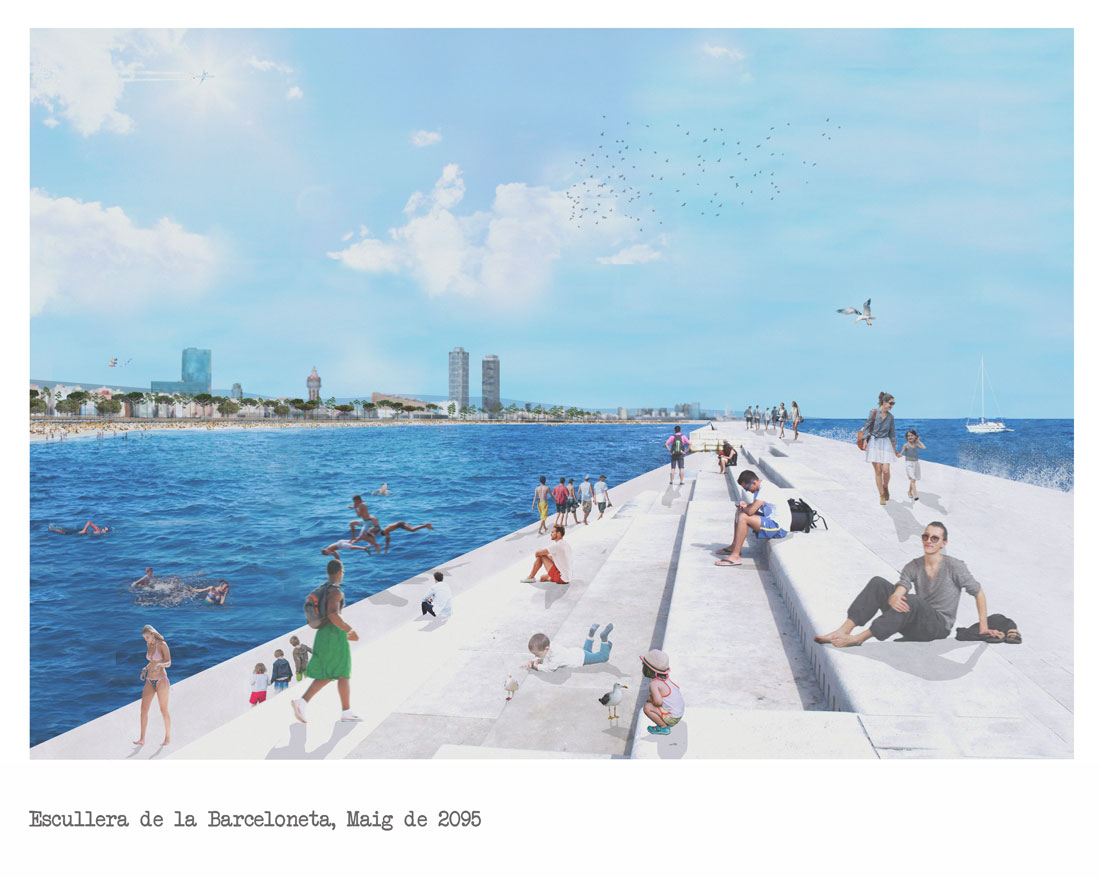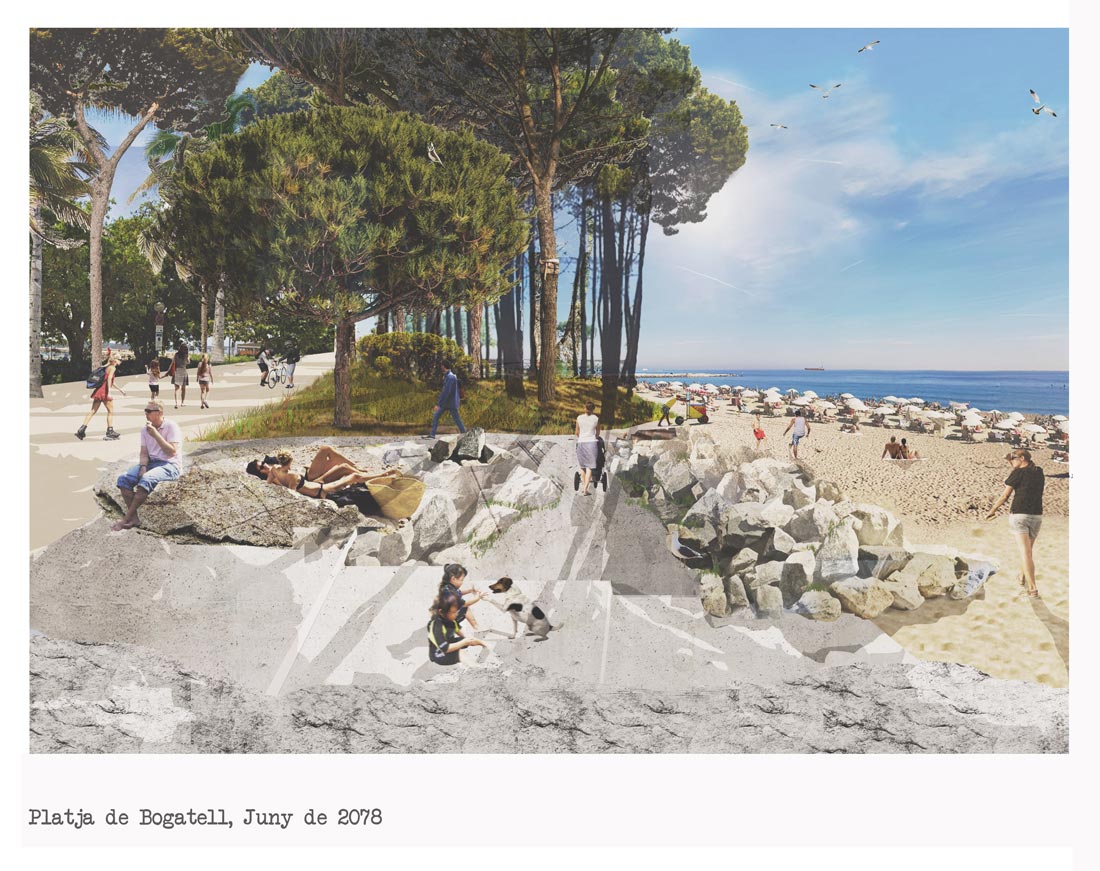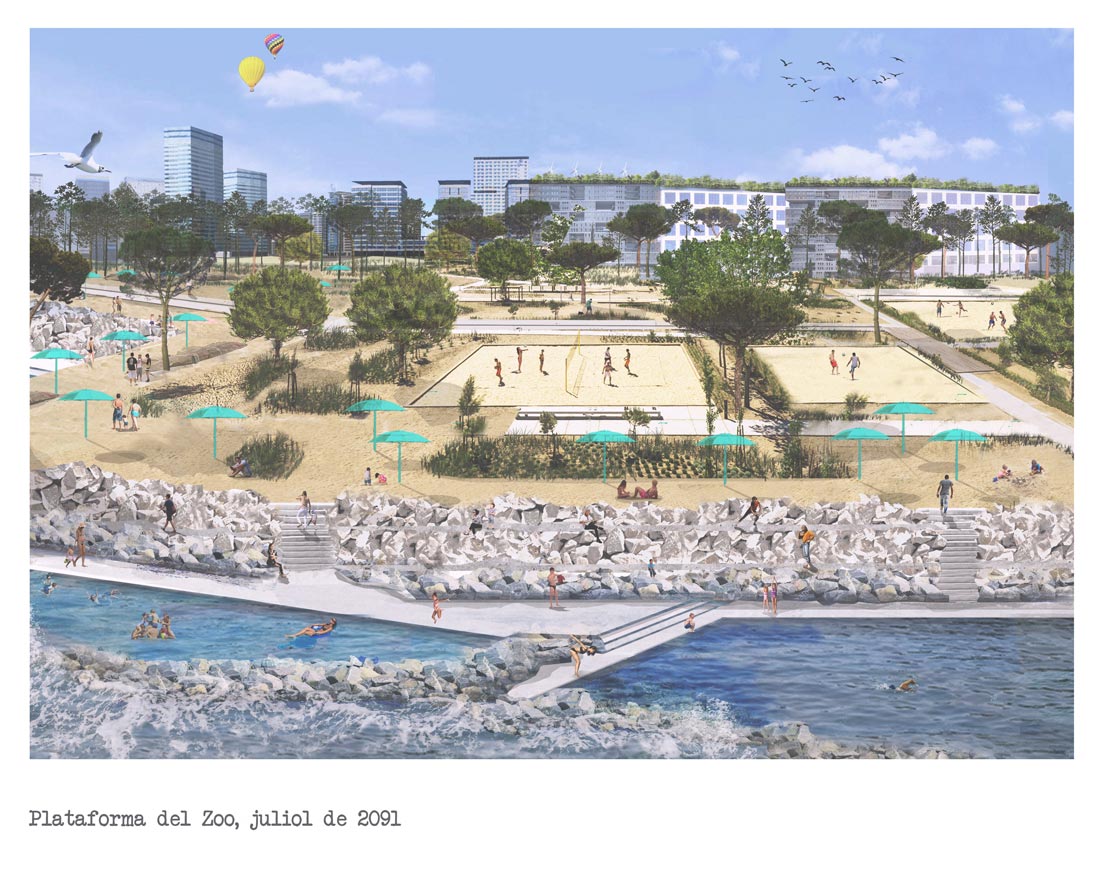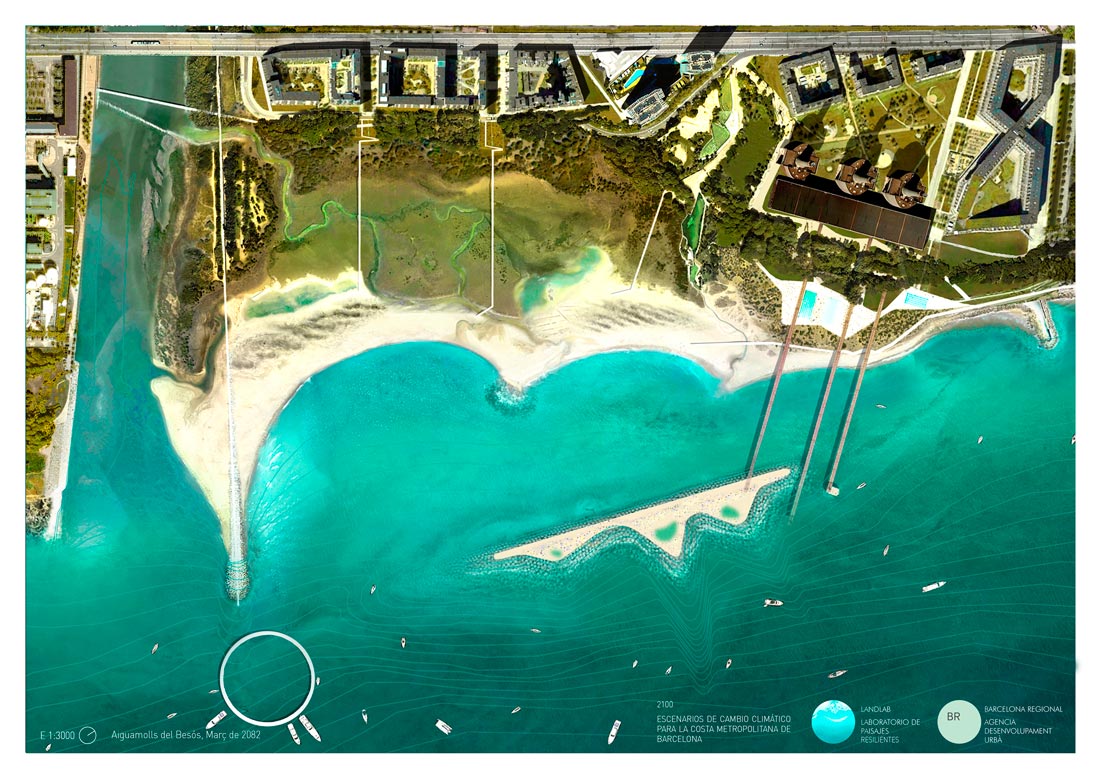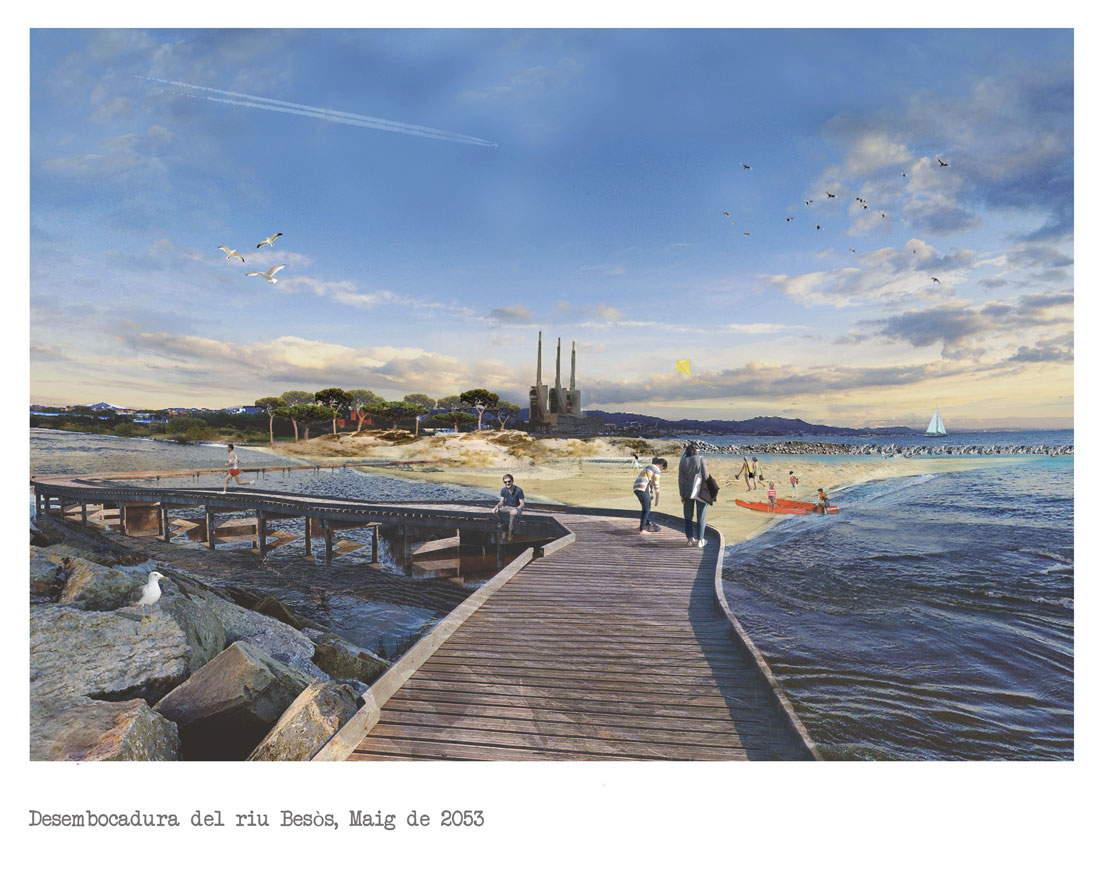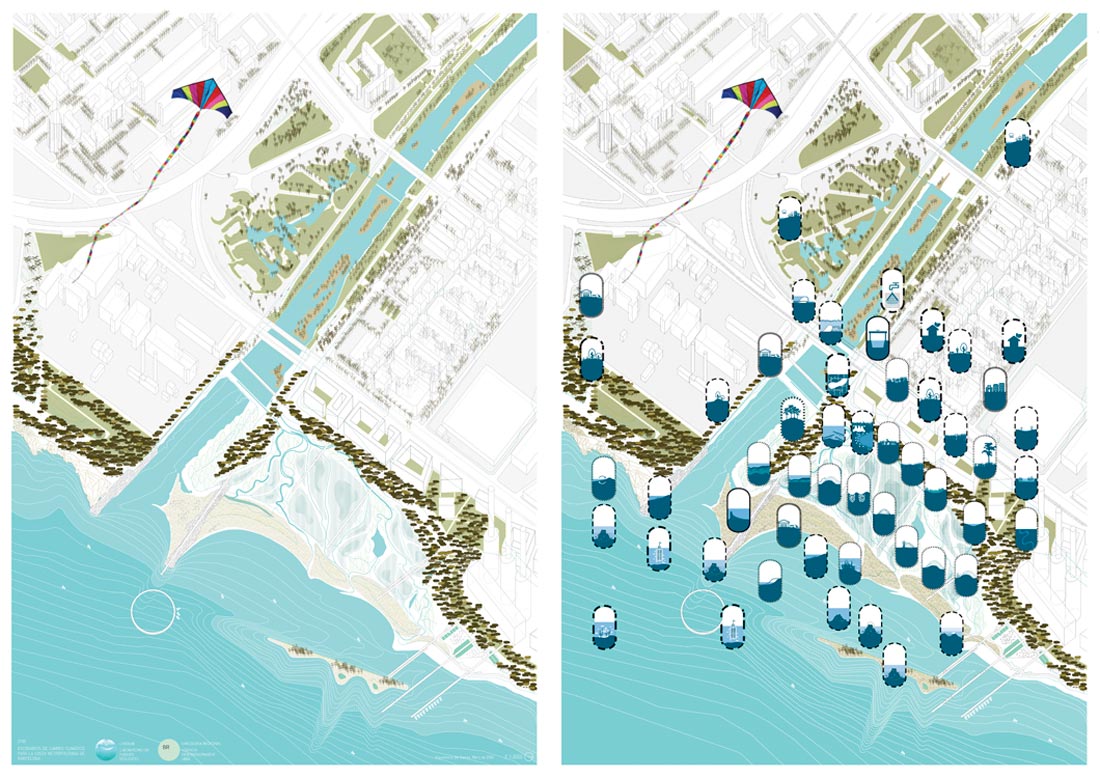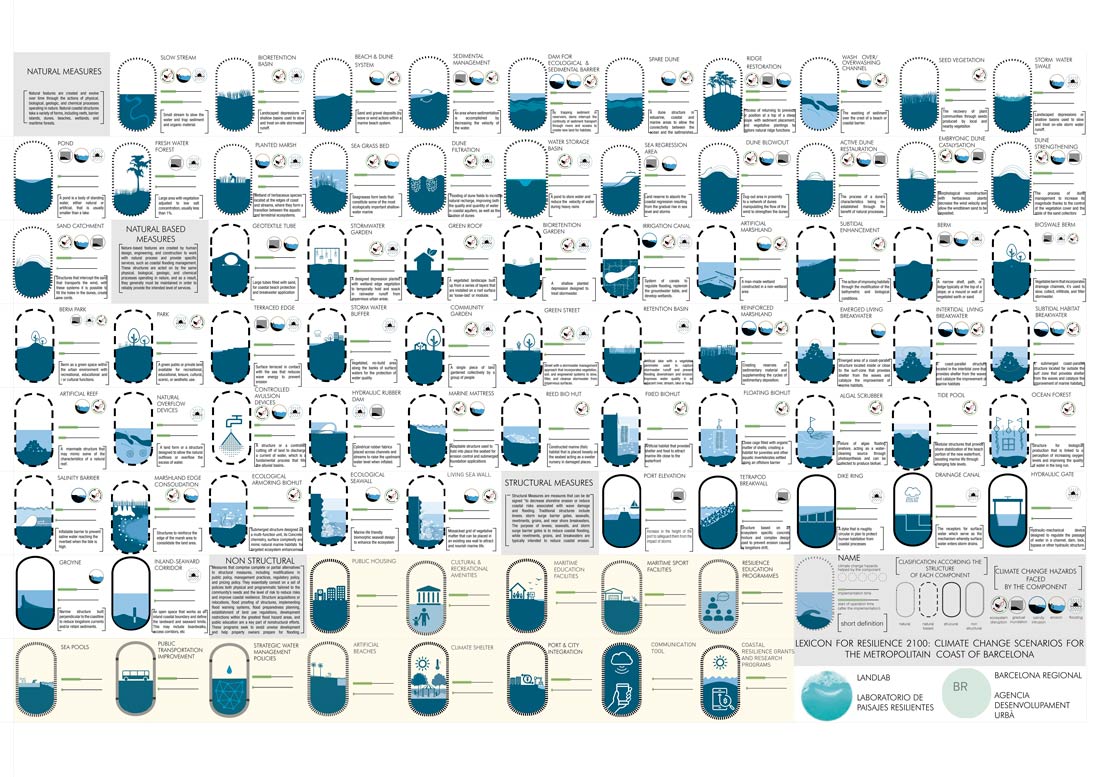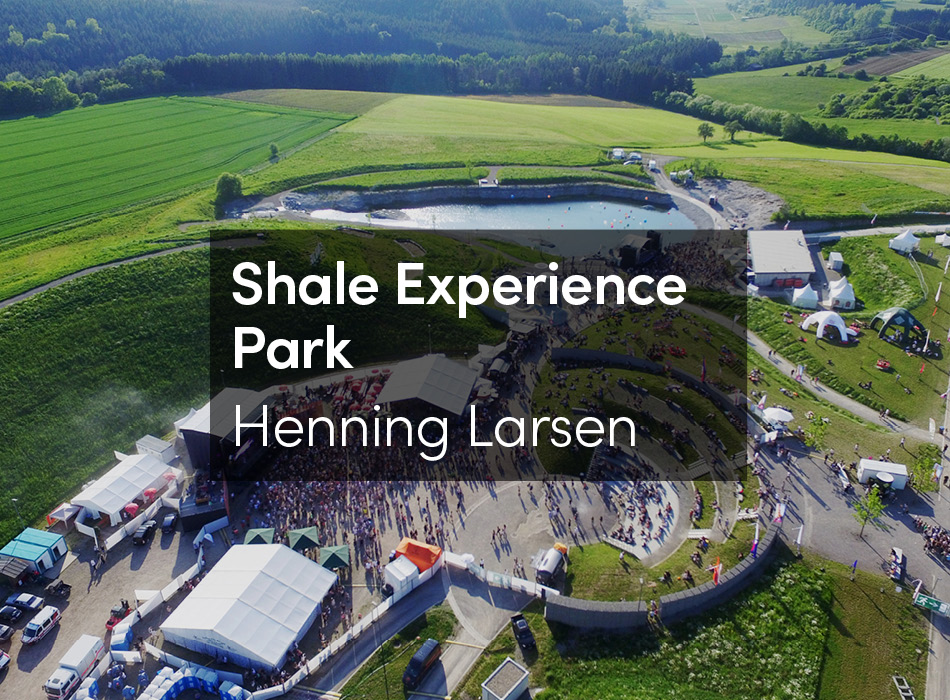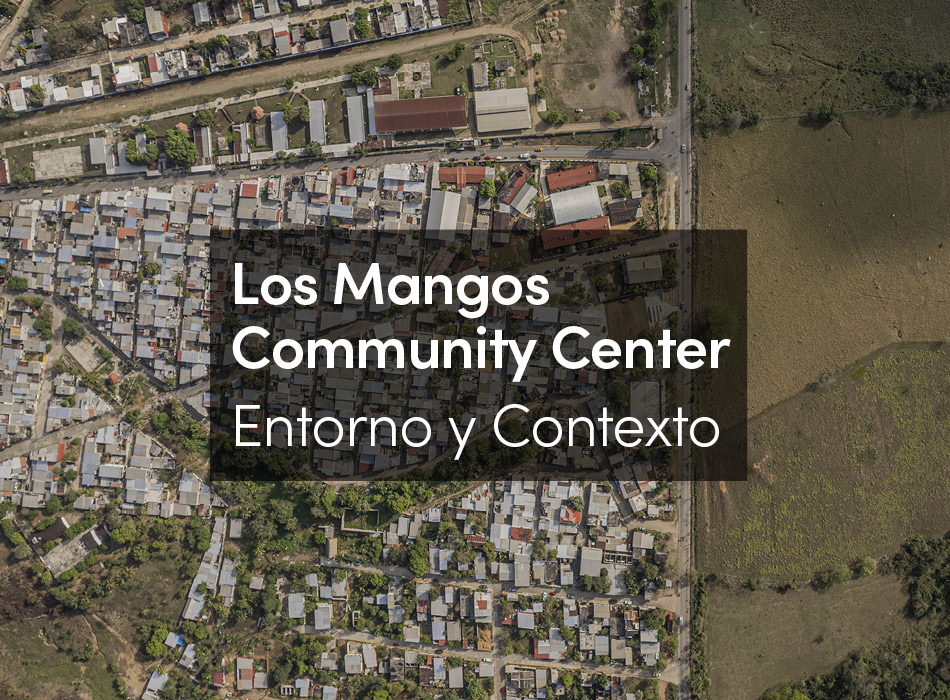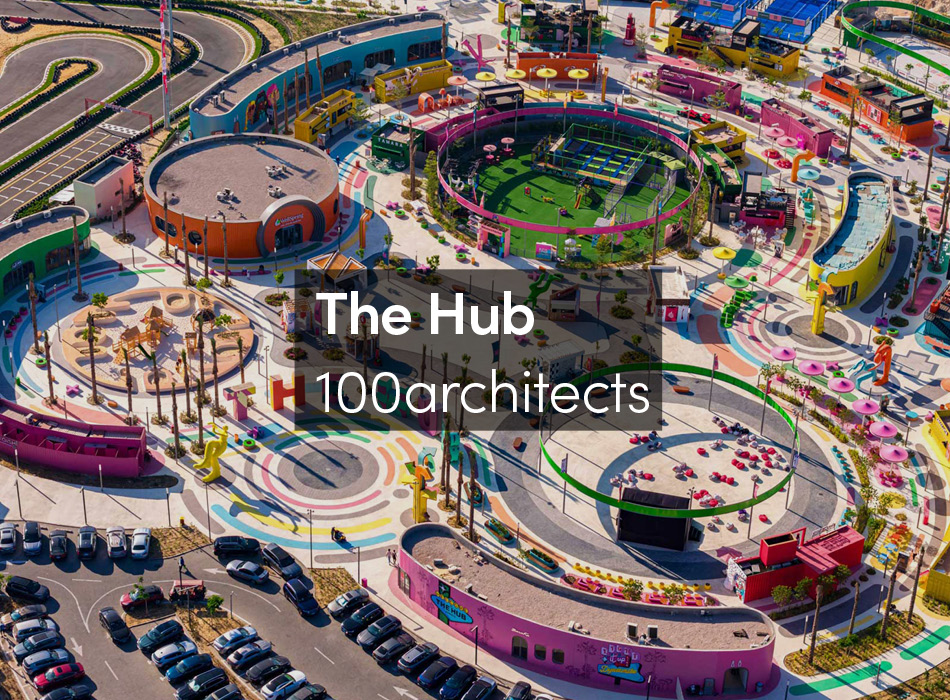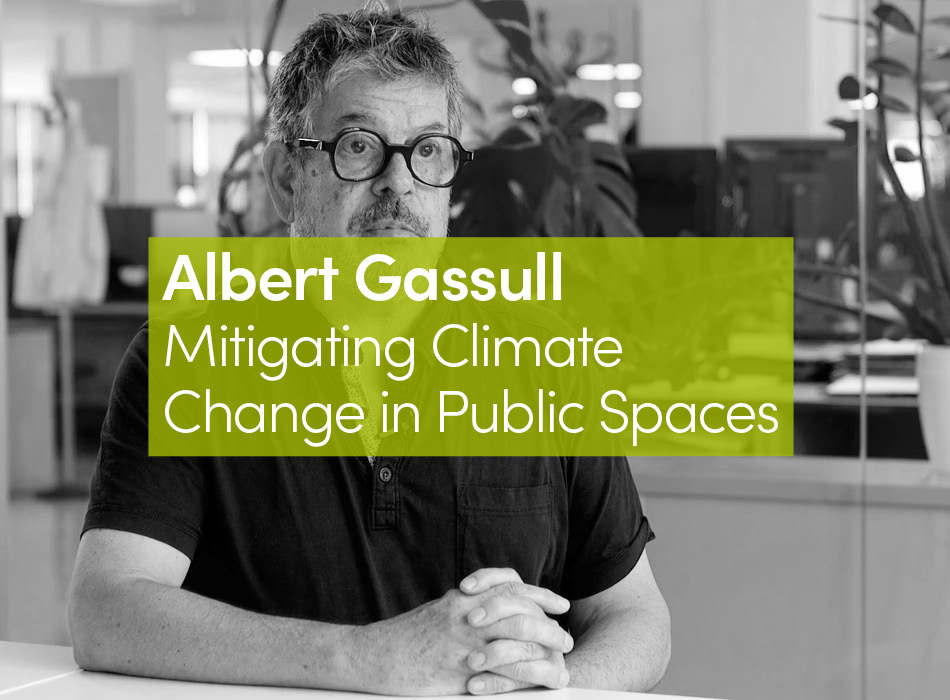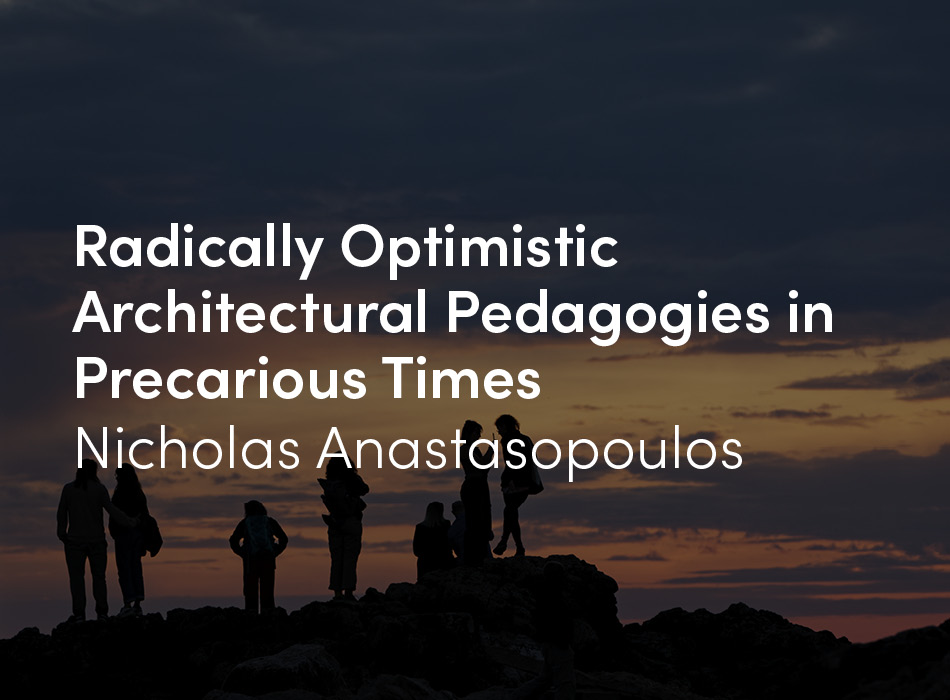In the same way that the city of Barcelona cannot be understood without its coastline and without its origin as a port, its future will be determined by its ability to manage the unpredictable effects of climate change in this unique area.
There are futures that can be anticipated, but if we accept that we are living in a post-ecological era, an era known as the Anthropocene in which nature no longer exists as an archetype distinct from humankind, any imaginable future implies the physical and social transformation of the environment we inhabit, the result of new relationships between nature and culture in the light of climate change. We are, therefore, experiencing a paradigm shift regarding the management and regulation of the coastline. In this context, Barcelona faces the challenge of redesigning its coastline in relation to its two rivers and, transversally, integrating this coastline into the city. More importantly, this interpretation and planning must take place at the metropolitan level. Far from considering climate dynamics as a risk, they should be taken as an opportunity to reconcile the relationship of the city and its inhabitants with the sea.
Among the main objectives are recovery for public use, the infiltration of coastal dynamics into the urban fabric, accepting changes and variations to marine processes, celebrating their phenomenology, diversifying habitats and activities, improving sea water quality, and increasing biodiversity, biophilia and climatic comfort.
Therefore, the proposed reinvention of the seafront is based on the idea of the coastline as a dynamic, adaptive and complex system, with significant material and energy inputs and outputs – a system in which changes are both gradual and progressive in the case of slow variables, such as the rise in the average sea level or erosion, and sometimes abrupt, as in the case of offshore storms and squalls.
The idea is not to respond to specific issues through design, but to incorporate design as part of the process of analysis and creation of future scenarios whose implementation is capable of fulfilling the identified objectives, regardless of whether the processes that will be triggered can be predicted or not. Resilience thinking involves understanding planning as a set of experimental actions, in which innovation and technology merge through design to provide this coastline with the capability to adapt.
The proposal aims to create generative landscapes based on the cycles, processes and flows that result in different forms and formats of interaction with coastal dynamics. Future climate scenarios indicate that many of these landscapes will be maintained artificially, although their social and ecological functionality can still be achieved. This aspect of the landscape as a regenerative, fertile, dynamic and adaptive infrastructure (compared to the current hard infrastructure) is what is required as a coastal resilience tool to combat the effects of climate change. In addition, the physical and cultural reinvention of Barcelona’s coast must be based on its own semantics, a resilient typological and technological range of design tools.
This project proposes a range of measures as an invitation to reflect, innovate and learn.

